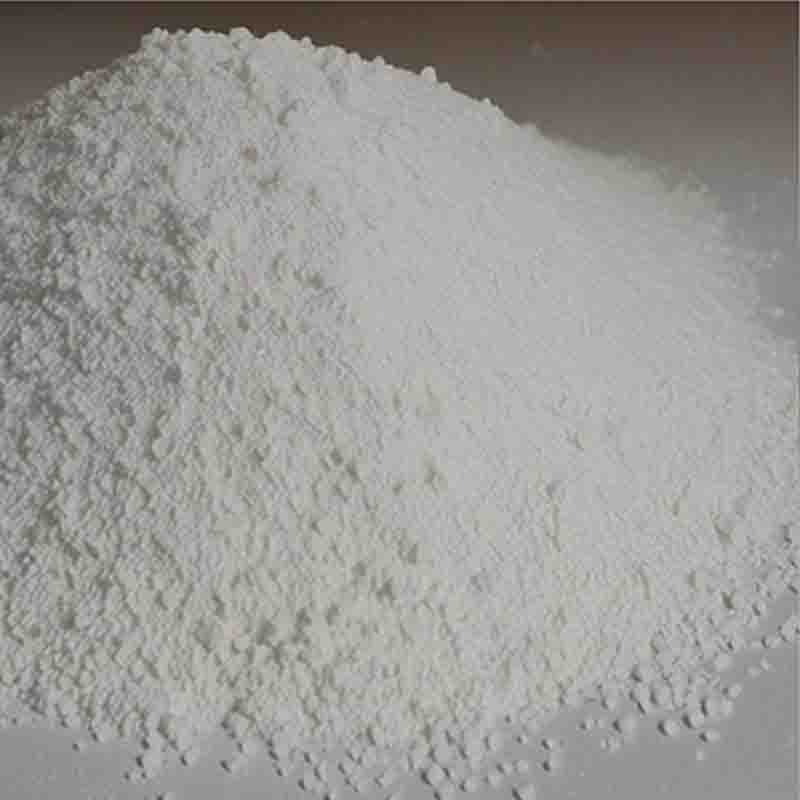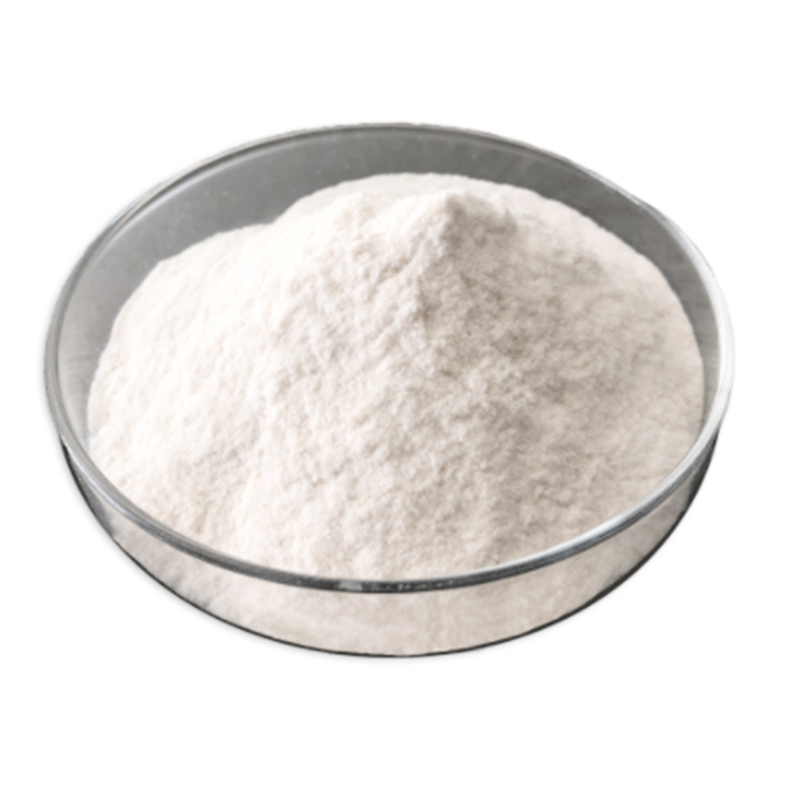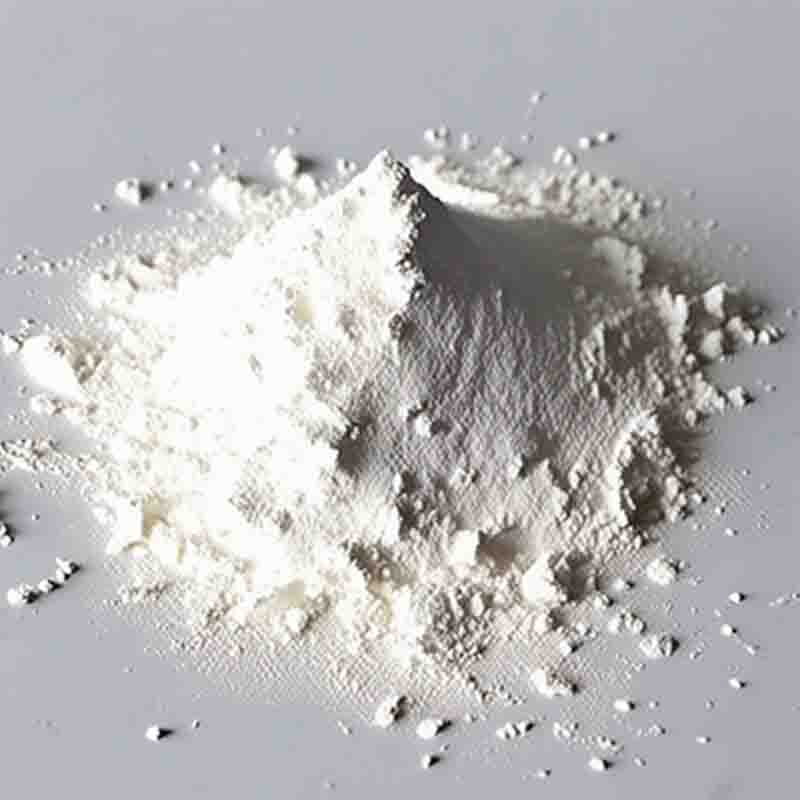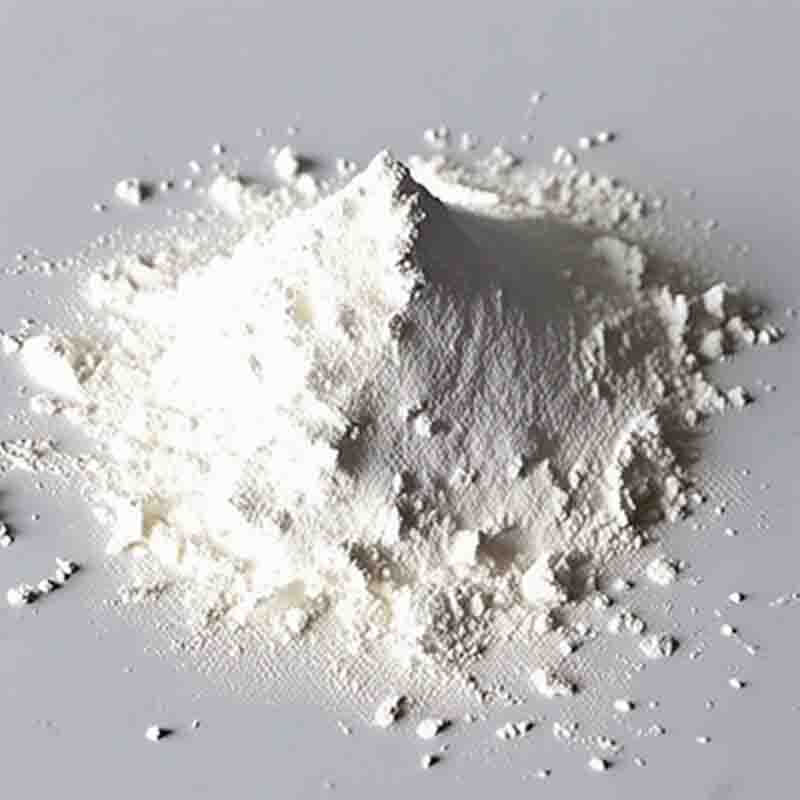Ethyl2-(2-aminothiazol-4-yl)-2-hydroxyiminoacetate CAS:164485-82-1
| Catalog Number | XD95286 |
| Product Name | Ethyl2-(2-aminothiazol-4-yl)-2-hydroxyiminoacetate |
| CAS | 64485-82-1 |
| Molecular Formula | C7H9N3O3S |
| Molecular Weight | 215.23 |
| Storage Details | Ambient |
Product Specification
| Appearance | White powder |
| Assay | 99% min |
Ethyl 2-(2-aminothiazol-4-yl)-2-hydroxyiminoacetate is a specific chemical compound with potential biological effects. Let's explore its properties and potential impacts in more detail.The compound consists of an ethyl ester group, an aminothiazol ring, and a hydroxyiminoacetate group. Each of these components contributes to the compound's overall structure and potential effects.The presence of the aminothiazol ring suggests that the compound may exhibit certain biological activities. Thiazole derivatives have been studied for their antimicrobial, antifungal, and antitumor properties. Additionally, thiazole-containing compounds have shown potential in treating neurodegenerative disorders due to their antioxidant and anti-inflammatory effects.The hydroxyiminoacetate group, on the other hand, is a less extensively studied functional group. However, hydroxyimines, in general, have been explored for their potential as anticancer agents, with some compounds displaying promising results in inhibiting tumor growth.Combining these two functional groups, the ethyl ester derivative of 2-(2-aminothiazol-4-yl)-2-hydroxyiminoacetate may possess a unique set of properties that could lead to various effects.However, it is essential to note that the specific impacts of this compound have not been extensively researched or documented, and more studies are needed to determine its precise effects.Other factors, such as compound stability, solubility, and bioavailability, should also be taken into consideration, as they can influence the effectiveness and potential for various applications of this compound.In summary, Ethyl 2-(2-aminothiazol-4-yl)-2-hydroxyiminoacetate is a compound with potential biological effects due to the presence of an aminothiazol ring and a hydroxyiminoacetate group. It is plausible that it may exhibit antimicrobial, antifungal, antitumor, antioxidant, and anti-inflammatory properties, based on the properties associated with similar functional groups. However, further research is necessary to fully understand the specific effects, mechanisms of action, and potential applications for this compound.





![2-bromo-N-[2-(2-chlorobenzoyl)-4-nitrophenyl]acetamide CAS:52130-87-7](https://cdn.globalso.com/xdbiochems/白色粉末1962.jpg)



